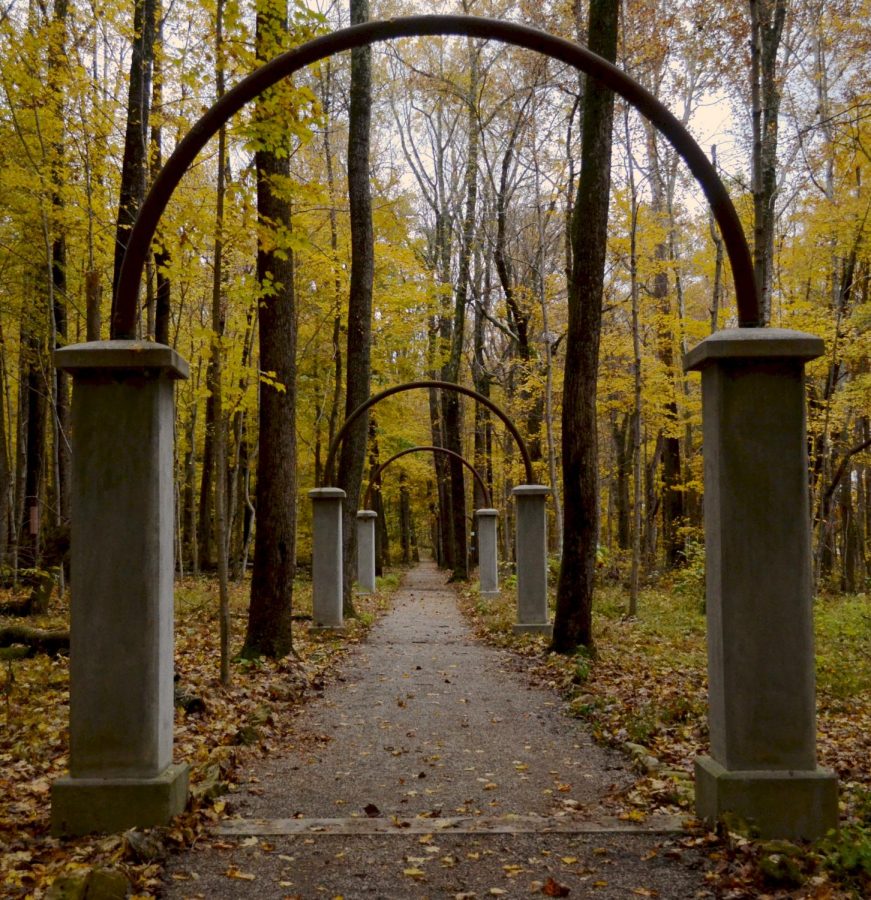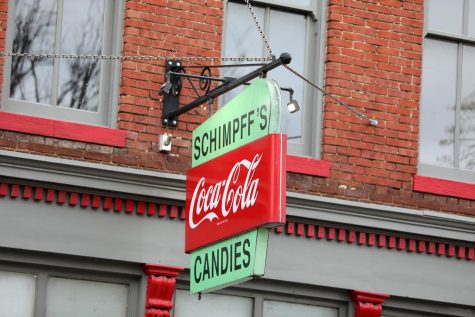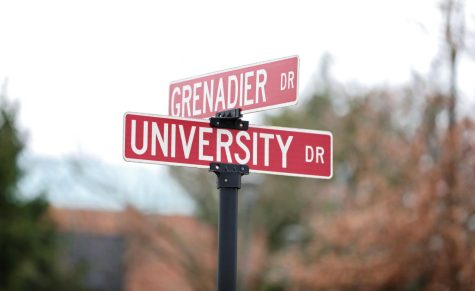What happened to the abandoned amusement park Rose Island?
How a popular, locally-owned amusement park in Charlestown, Indiana went from nothing, to fame, then lost everything all in 15 years time
The arches from The Walkway of Roses that led from the amusement park to the hotel remain barren and stand out from the overgrowth of what used to be Rose Island.
November 8, 2018
From a booming location of interest and joy to a place of memory and decay, the Rose Island amusement park has found itself forgotten in history. Although it is close to home and only a 25-minute drive from campus, all that is left are the memories and statues of remnants of what used to be a thriving scene.
History background on Rose Island depicts that this island would be the go-to place for fun, date nights and a place to get away from the stresses of life from 1923-1937, during the Great Depression.
Hundreds of thousands of people from both sides of the Ohio River swarmed to the Southern Indiana area, hoping to experience what all this state-of-the-art park had to offer. A ferry traversed across the river bringing Kentuckiana people to the party at Rose Island in Charlestown, Indiana.
Back in the 1920’s, all before the nation was hit with World War II and the Great Depression, this region was also known as the “Devil’s Backbone” before it was more popularly known as Rose Island.

Between the Devil’s Backbone and Fourteen Mile Creek, Rose Island found its home.
The year 1937 brought about loss of homes, jobs and life as the Ohio River flooded to a record 53.74 ft — 19 feet above flood stage — taking away work buildings, houses and 385 lives.
Rose Island was covered in 10 feet of water. In 1937, there wasn’t enough money together to fix the damages as everything was destroyed up to the foundations of most buildings. There only remains the support posts to the walking bridge, the swimming pool, that is now full of cement, and some stone standing from prior buildings.

The buildings that were there are now ruins representing what contains the past. The many activities that used to be are no longer standing: an amusement park with a wooden roller coaster, a zoo including wolves, monkeys and a black bear named Teddy Roosevelt, and a dancing hall.
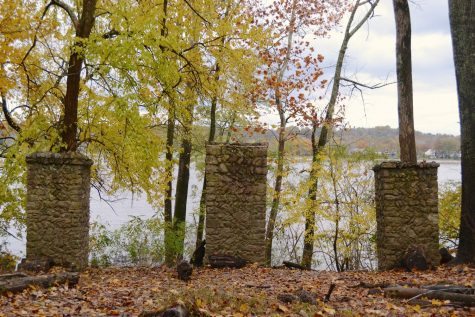
The swimming pool was one thing that made Rose Island special because it was the first filtered swimming pool around in the 1920’s. This “new technology” was something out of the norm. The pool was placed with a filter to combat the breeding ground for mosquitoes in dormant waters.
The park is a gravel loop that has marked poles, informational displays and voice boxes that give you historical information of Rose Island and personal flashbacks of those who attended the park.
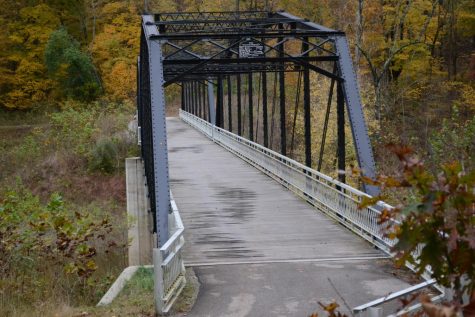
The remnants of the park have lasted five years away from a century. Stone fountains, pipes and other hardware from the inside of what used to be the dining hall claim the grounds of today, rusted and covered in moss. The carousel, cafe, hotel and cottages are long gone as there isn’t anything remaining. It was too close to the river to hold any chance against the flood. However, the 3 stone pillars still remain by the edge of the Ohio River as they stand to represent what used to be.

It wasn’t the economic predicament of the Great Depression that caused the amusement park to close; it was the flood. There was too much structural and water damage from the flood that determined the park to be too much money to remanufacture the environmental element, reconstruct buildings to be safe from future flooding and re-evolve something into what was the locally famous Rose Island.
The Indiana Army Ammunition Plant took control over the land from 1941 to 1972 as it brought in many jobs for local citizens affected by the Great Depression. At all three plants that included the Indiana Army Ammunition Plant, 27,520 people were given a job. After the plant closed in 1972, the amusement park and the surrounding land compiling the island changed hands to the Charlestown State Park where it resides today for many people to come and visit.
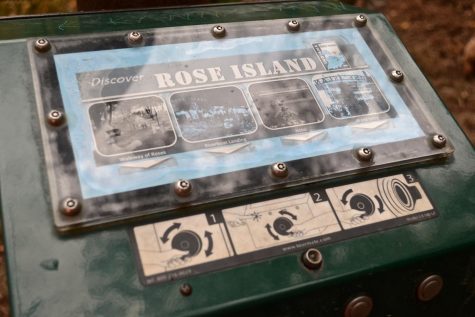
After time has passed, it is only old photos, small vestiges of what was that give us a glimpse into the past of what used to be. Photographic presentations are all that show hikers what to imagine as they look across the overgrown land of tall, blooming trees, bushy vegetation and fallen leaves.

